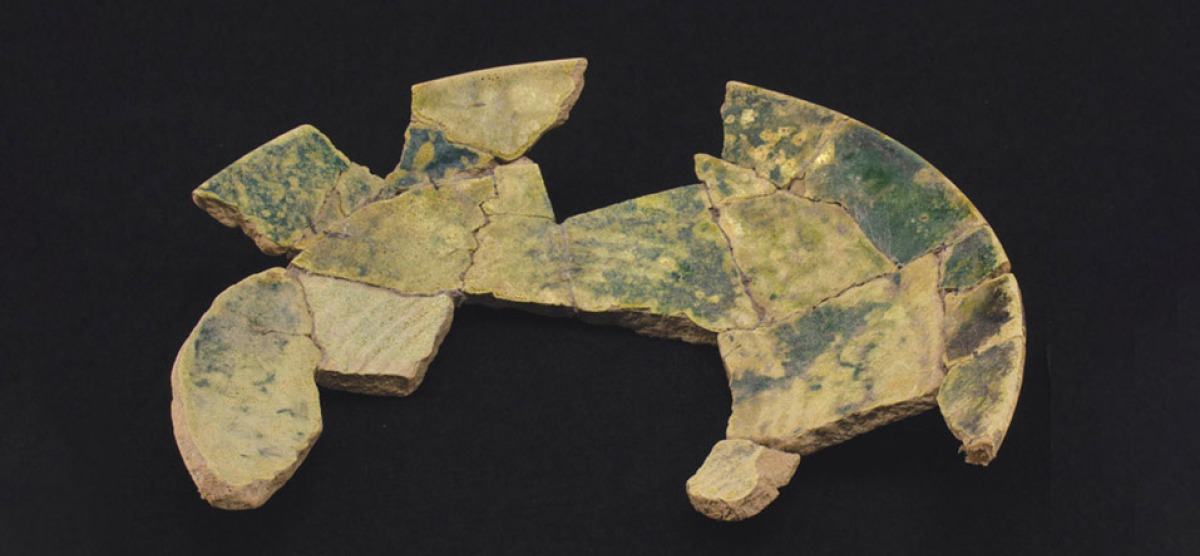
Trade Talk
Archaeologist turns to geology to understand life on Arabian Peninsula thousands of years ago.
More than 2,000 years ago, a flourishing trade saw goods flowing into the Arabian Gulf. Today, in the United Arab Emirates (UAE), Saudi Arabia, and Bahrain, archaeologists find the remnants of that ancient commerce, but the ceramic sherds they unearth are all that’s left of the pottery that merchants imported into the pre-Islamic world.
The question remains: Where did the pottery originate?
“There are two major sources for this imported pottery,” says Matthew Jameson, a Ph.D. student in Classical and Near Eastern Archaeology. “Glazed pottery is coming from southern Mesopotamia via either maritime routes as cargo on ships, or from caravan trade, using camels to cross the desert. Roman pottery is coming from the Mediterranean through Egypt and the Red Sea, as part of the Indian Ocean trade discussed in great detail by ancient authors.”
By looking at provenance—where the pottery came from—Jameson is developing a profile of inter-regional trade during the period roughly between the third century BCE to the third century CE and gaining a better understanding how this particular type of ceramic was used locally.
A pre-med undergraduate at Gettysburg College, Jameson found himself particularly enamored by his Classics courses. And when he got a chance to go into the field (on a dig in Greece), he “fell in love with archaeology.”
But those science classes are coming in handy for Jameson, who is now working with several members of Bryn Mawr’s geology department to understand more about this long-ago history.
For his first project, Jameson worked with Geology Professors Don Barber and Arlo Weil to find out how pottery from a particular site in Saudi Arabia was made. “What we were doing was taking samples of the sherds sherds—sherds are pieces of broken pottery found in an archaeological context— and refiring them,” he says.
Once refired, Jameson and the geologists tested a property of the clay called magnetic susceptibility, which helps determine at what temperature the object was fired in antiquity (roughly 5500 BC, or about 7,500 years ago). “This has important implications for contact between southern Mesopotamia, where the first states developed, and the Arabian Peninsula,” Jameson says. “In the past, the model that’s been used to explain this interaction is that southern Mesopotamia drove development in the Arabian Peninsula because it wasn’t seen as a technologically advanced region. Our work is showing that that’s not the case, that these ceramic traditions developed independently of one another.”
For his dissertation, Jameson is drawing on sedimentological analysis and geochemical techniques to identify the chemical composition of the clay sherds excavated in the UAE —and thus their point of origin.
Published on: 11/18/2019
